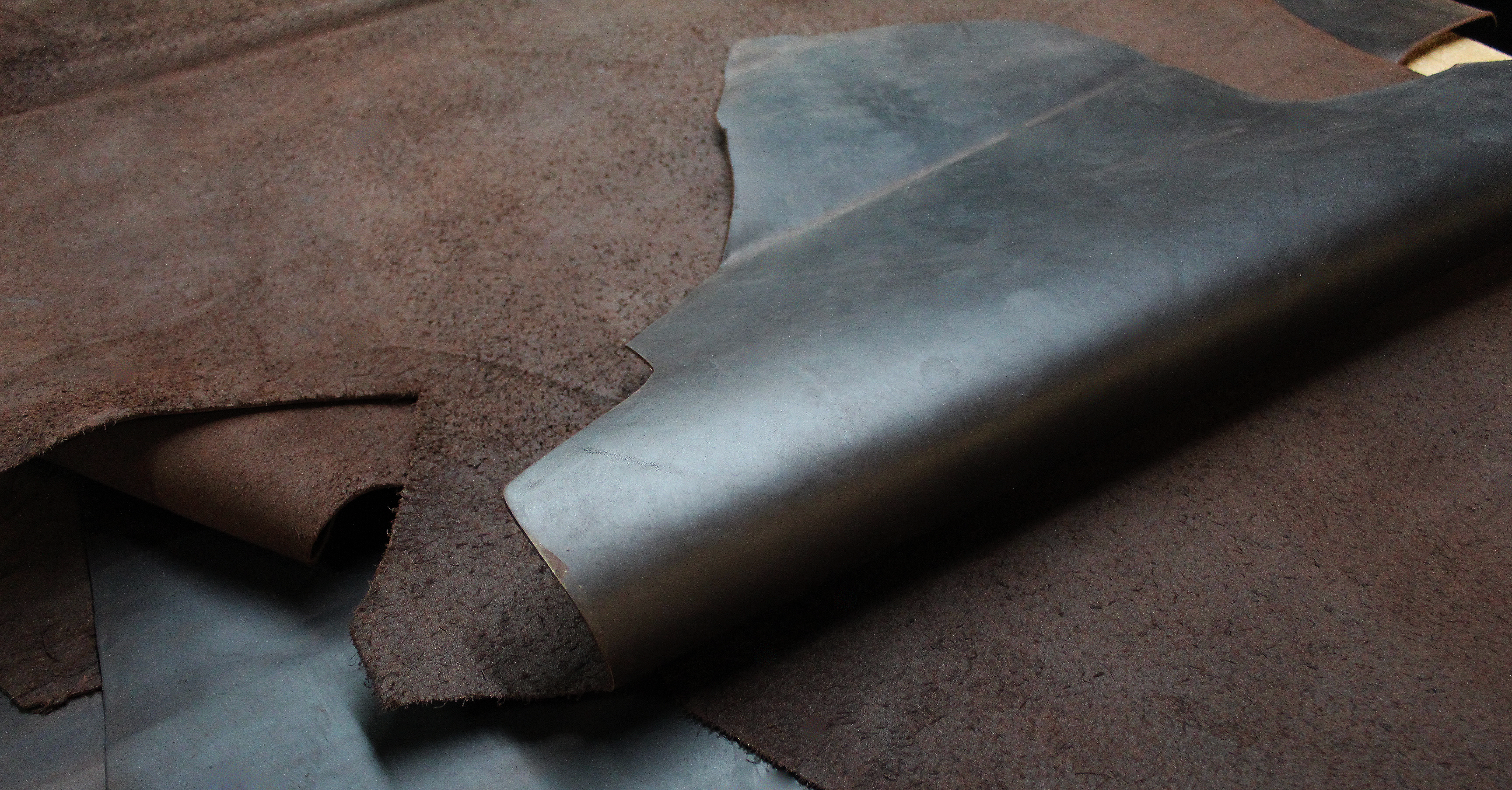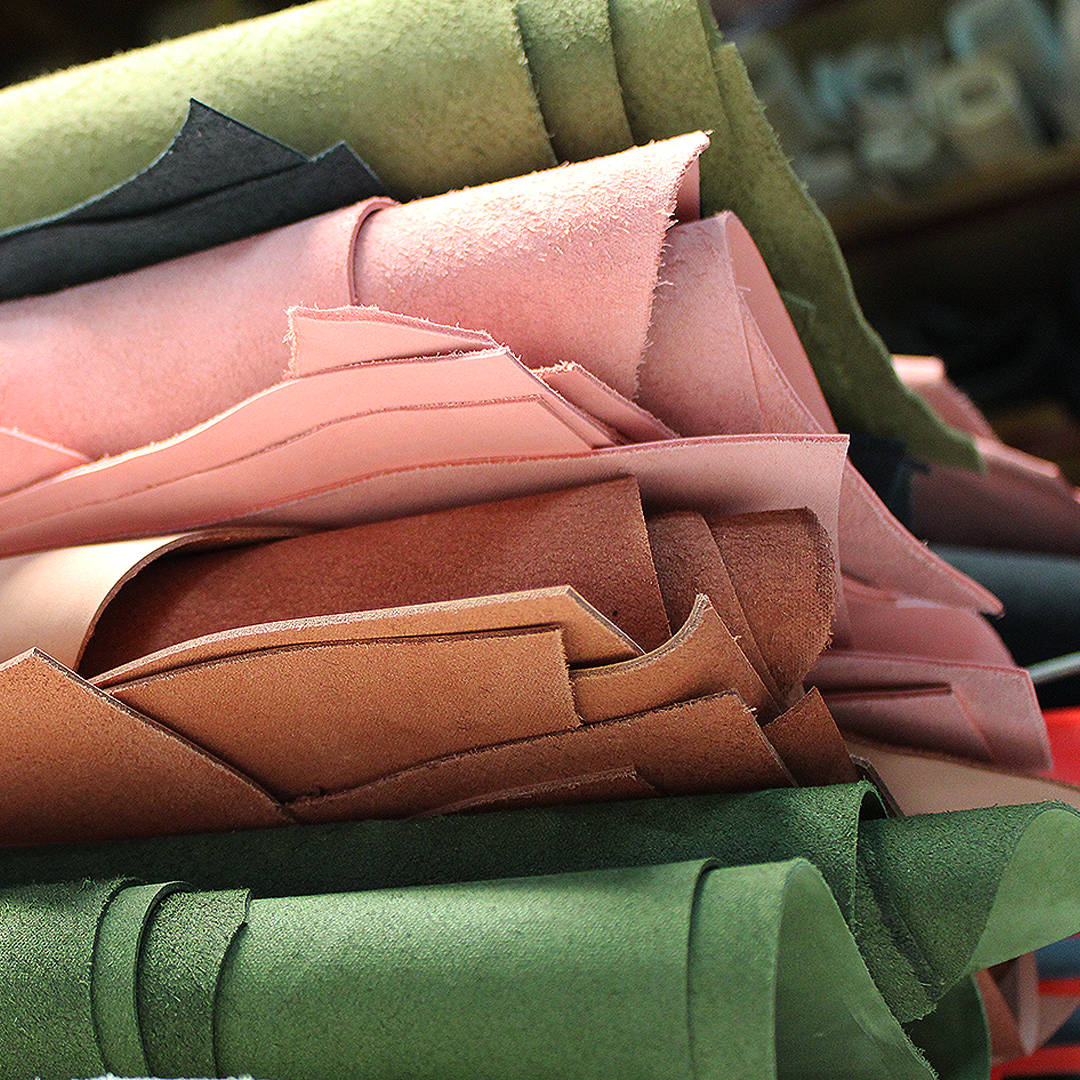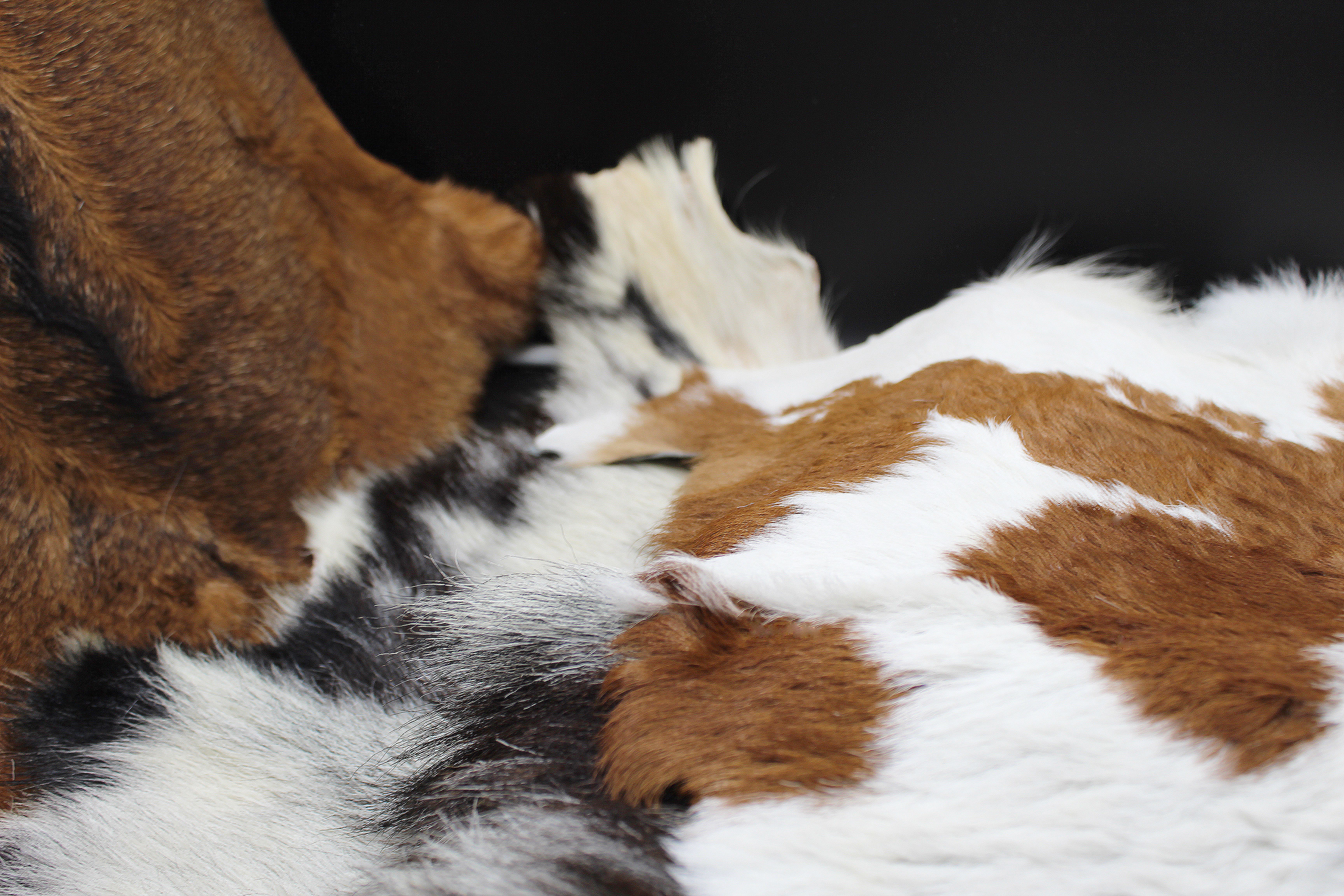What is full-grain leather? What does “vegetable tanning” mean? These are questions you often ask us, which is why we thought it was time to give you a clear answer!
Through the next series of articles, we will give you the keys to know everything about leather and its names. Afterwards, this will allow you to better understanding the hides of skins that you will be required to buy on our website.
What is tanning? What benefits does it bring?
Tanning is the basis of leather. A skin becomes leather once tanned, it is this process that will make the skin imputrescible (it can no longer rot).
In order to better understand this phenomenon of transformation, explained step by step, an article has already been published on our blog. We invite you to read it by clicking here: «Leather Tanning: What are the secrets of this authentic know-how?»
Simply put, there are two major tanning families for leather, vegetable tanning and mineral tanning.
A vegetable tanned skin is treated with natural elements. Mixed with tannins such as tree bark, roots or plant powders. This very old method allows the raw skin to become a resistant leather.
Mineral-tanned leather is treated with products such as alum or chromium, which is the most common method of tanning due to its speed, simplicity and low cost.
Full flower, velvet or nubuck? We’ll explain everything !

It is important to know that the skin consists of three main parts :
Epidermis: this is the visible part of the skin, that of the top, it is removed with the hairs during the treatment of leather in tannery.
Dermis: this is the part that will be used, a very tight and more solid fibers mixture, this is where we find the base of the hairy skin. The dermis is divided into two parts, the flower side, also called grain side, (outer side of the leather, very solid) and the flesh side also called velvet (inner side, with less dense fibers).
Hypodermis: it is a layer of fat in contact with the muscles, it will also be removed to work the skin.
Thus, from the flower and the flesh (so from the dermis) we will obtain four great families: full-grain leather, corrected grain leather, nubuck, velvet, and woollen skins.

Full-grain leather is the most noble, we keep the skin in its original state. The extraction of the hair left tiny traces suggesting the pores that held the coat of the beast. It is precisely this natural grain that determines the beauty of this product.
The corrected grain and the nubuck are both sanded on the flower side, with the aim of either obtaining a very fine velvety aspect that will preserve the natural appearance of the skin (nubuck), or to remove defects before passing a layer of pigment (corrected flower).
As far as woollen skins are concerned, they are also identifiable under the name “returned” or “double-face”, and are mostly from lamb or sheep.

These names can be explained thanks to the composition of this skin: the flower side has kept the soft wool of the beast, and the flesh side which offers a velvety touch, is often used outside, for the manufacture of a jacket for example.
The velvet/ leather crust: the leather is splited and we will work exclusively the flesh part of the dermis, we get a very soft product to the touch.
After reading all these details and getting to know each other better with all these technical terms, you are now able to choose for yourself the leather you need, without any mistake !
We invite you to read our other articles on our BLOG.
You will find tips, tricks and technical elements that will allow you to become a real expert in the subject.

